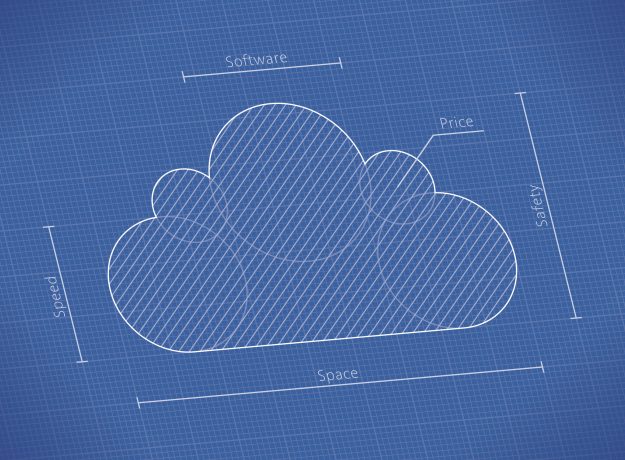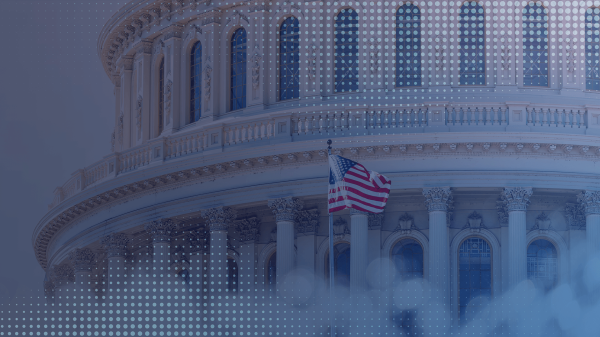‘Connected Government Cloud’ bridges disparate data in Utah DOT

For Shane Marshall, Deputy Director of Utah’s Department of Transportation, waiting for data — and operational analysis on that data — is a thing of the past.
“I no longer have to say to someone ‘How many fatalities have we had over the last five years?’ I can go into the data and find it myself,” Marshall said. “And then I can say ‘Alright, we had that many fatalities, how many of those occurred on pavement in poor condition? And I can find that myself if I want to, and any user can do that. We just couldn’t do that before.”
As state and municipal governments explore the best ways to extract valuable information out of big data, Marshall’s agency has settled on a connected-cloud tool it says has saved money, time and improved data-driven decision making within the agency.
The system is the most recent product from Socrata, a public sector software company acquired by Tyler Technologies in April . Called the Socrata Connected Government Cloud, the software runs on top of Amazon Web Services — Amazon’s own cloud computing service — to provide public sector agencies with advanced operational intelligence and insight, said Kevin Merritt, founder of Socrata and now president of Tyler’s newly formed Data & Insights Division.
Project costs were not immediately available, but a spokesperson from Tyler Technologies told StateScoop that its annual department cost for this product is $360,000, while agency pricing starts at $240,000 up to organization-wide implementations at $600,000.
The product’s other value proposition is to break down the barriers that exist between different levels of government and between government agencies.
“It’s really starting to tear down those silos of data that we had throughout the organization, said Shane Marshall, deputy director of Utah’s transportation department. “We were very good at spreadsheet analytics and those spreadsheets we had on individual PCs, but we didn’t share data very well at all [before the connected cloud]. Now, this allows us to share data across the organization and multiple users to have access to it.”
Utah’s DOT, which Merritt said is one of nearly 350 clients Socrata claims, previously had 16 disparate data systems within its network before it began working as a design partner with Socrata’s Connected Government Cloud system last year. The agency had been working with Socrata for two years prior as a design and testing partner for the connected cloud product, and Marshall said he saw huge changes in how agencies understood data, even in the product’s beta stages.
The software offers data dashboards accessible by any employee within the agency, including pages dedicated to financial insights, performance and citizen engagement.
Another part of the appeal, Marshall said, is that the data previously only shared once a year through the agency’s paper-bound “strategic direction” book is now accessible to the public in real time — allowing the department to eliminate the paper version of book entirely.
Tyler Technologies isn’t the only software company offering cloud services to the public sector. Tech giants like Microsoft, Oracle and IBM all have their own cloud services for government, but Marshall’s agency — who formerly used IBM’s Cognos, a data analytics platform, to organize DOT data — said that Socrata’s software has enabled data analysis on a predictive level, rather than simply reacting to static, annual measurements.
Marshall shared a prime example of how using “a good data set you can rely on” in the connected cloud can create positive, measurable outcomes.
“[If] you can see the history of a road’s paving condition, you can make a decision on when to do the next paving treatment,” he said. “Without that data, you may have just used gut instinct or your own knowledge base or whatever that might be and you might have put a treatment on that road one year too early. If you delay that investment one year, now you just saved a taxpayer one full year of impact, you’ve gotten one more year of life out of that pavement all because of that data you had to make the decision at the right time.”





